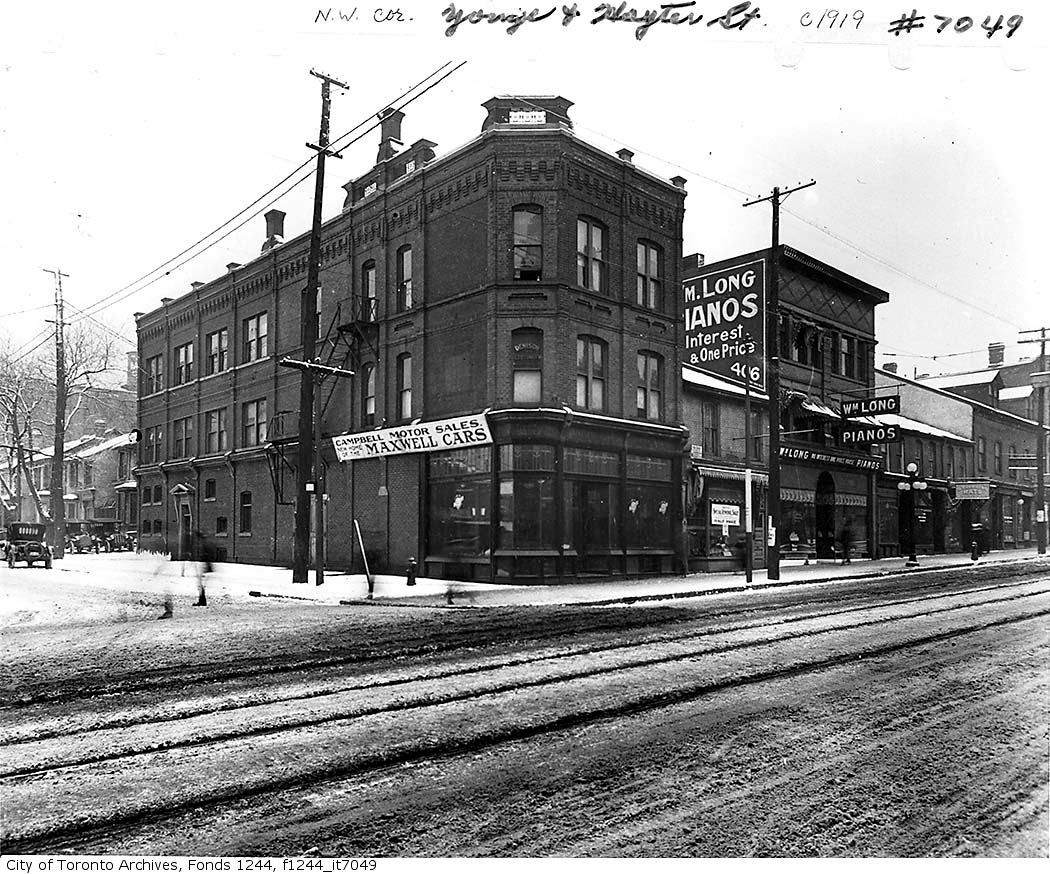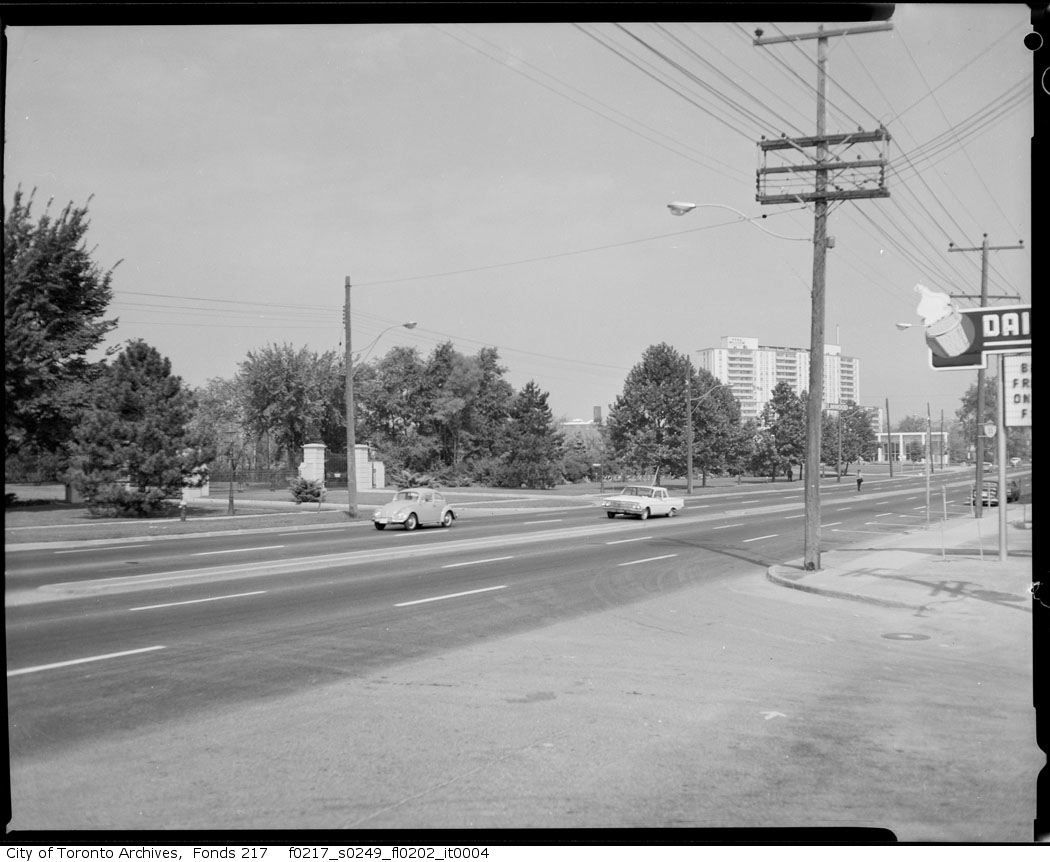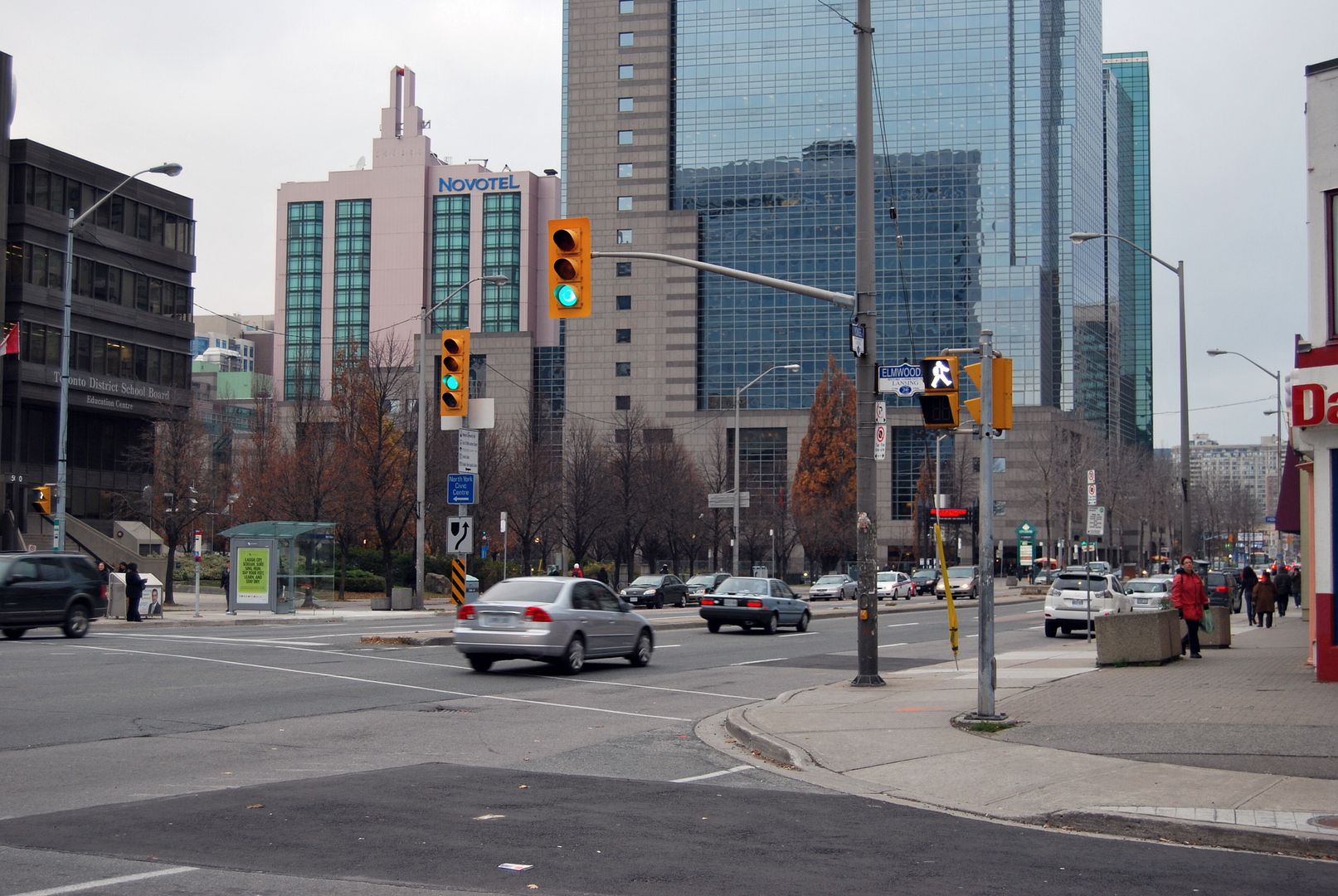Some interesting comments by an early immigrant:
David Cragg’s First Impressions of Toronto June 1833
This was found at:
<http://www.barbaradickson.ca/index.php?page_id=5>
“The streets, the name set up at every corner. The houses numbered. The number set over the door in fair figures. One side 1, 3, 5, 7, 9, etc. The other side 2, 4, 6, 8, etc. Streets wide. In some places a row of trees before the house doors. A foot path on either side of the street ten feet wide, some places flagged, some boarded, some nothing but soil. Streets not paved or Mac-Adamed. Very dusty when dry, desperately mucky when it rains. Very little sweeping of the footway and the steps at the doors, only some smarter houses and shops. Windows never cleaned since the house was made. Horsemen all go a-gallop through the dust and mud. Wagons and carts go along trot, loaded or empty. Wagons of hay at the rate of seven miles an hour. 50 or 60 stone for two horses. Oxen not so fast.
“People very civil, never a misbeholden word or skittish remark made upon one another, travel the streets as you will. An Englishman now and then may come up and say, “Let’s have a hold of your hand. I see you are an Englishman.” Same as neighbours from Cumberland or famers of Cornwall. Shops all called stores, many public houses and all the grocery stores sell drams and beer as well as many others. In some streets every house is a store of some sort. I almost think there are more stores than customers. Stables confined to one spot. Markets begin in the morning. Things as dear as in Lancaster. A very deal of building going forward, a hundred houses or more. I should think at this time. No pigs have I seen in York. Cows a good number, rather small Irish looking and apt to be good milkers, all wear bells. Land about is bad and sandy up to the top. The bush close to the town. In places thick, heavy, rank with pine. Many thousands of feet of wood per acre.”








